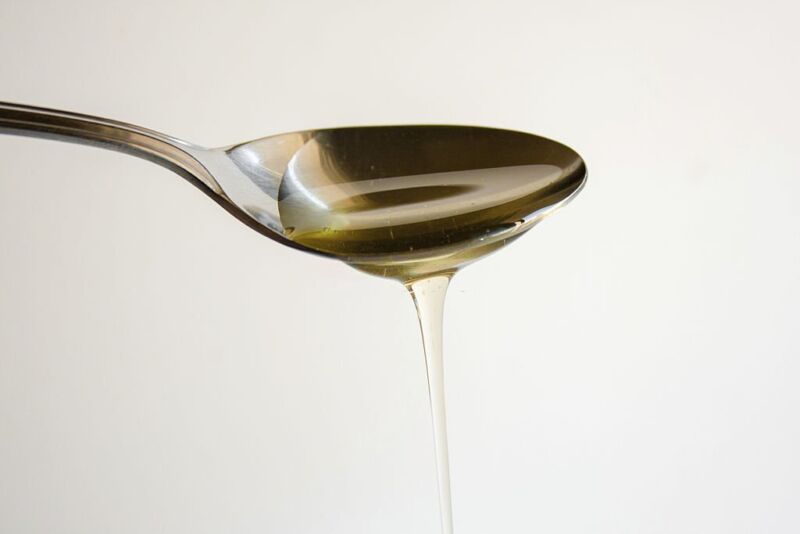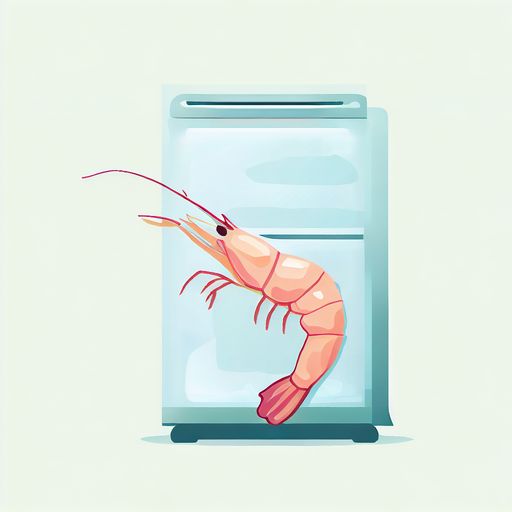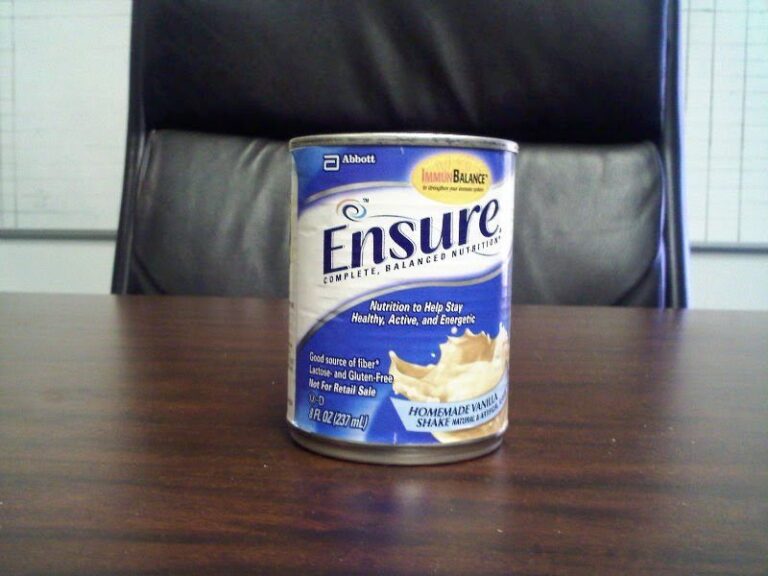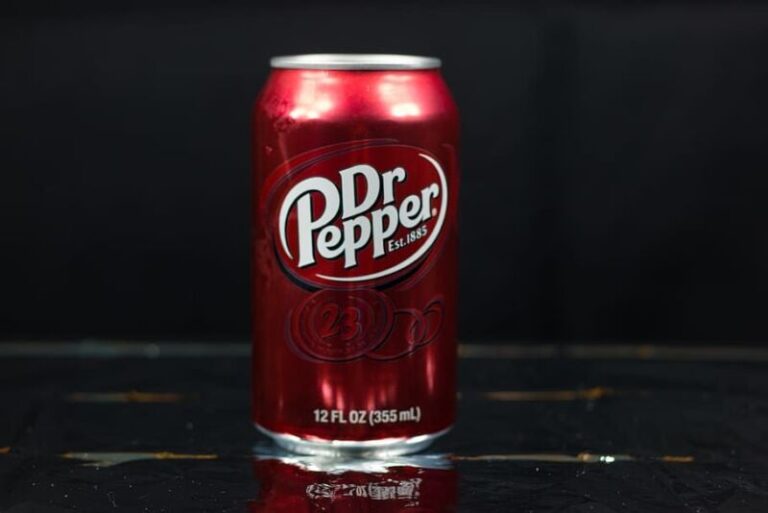Does Agave Nectar Go Bad? How to Tell if Agave Nectar Has Spoiled?
As I was baking cookies the other day, I reached for my trusty bottle of agave nectar to use as a sugar substitute. But as I twisted off the cap, I caught a whiff of something unpleasant. Uh oh, I thought, could my agave nectar have gone bad?
This experience got me wondering – does agave nectar go bad? As a relatively new pantry staple, many people are unsure just how long this popular natural sweetener lasts once opened.
In this article, I’ll share everything you need to know about the shelf life of agave nectar, including:
- How long unopened agave nectar lasts
- The shelf life of opened agave nectar
- Proper storage methods to maximize freshness
- How to tell if your agave nectar has spoiled
- Signs that your opened bottle may be going bad
Let’s start with a quick introduction to this trendy sweetener.
Introduction to Agave Nectar
Agave nectar (also called agave syrup) is a liquid sweetener that comes from the agave plant. It contains fructose and glucose just like honey and maple syrup do.
However, it has a low glycemic index of only 15, making it a popular sugar substitute for people with diabetes or those avoiding blood sugar spikes.
The nectar has a mild, neutral taste that works well in baking, oatmeal, coffee, tea, and more. It can replace sugar or honey in most recipes.
But because it lacks the antimicrobial properties found in honey, agave nectar doesn’t have an indefinite shelf life. So can it go bad after the bottle is opened? Let’s find out.
The Incredibly Long Shelf Life of Unopened Agave Nectar
Let’s start with agave nectar that is still sitting unopened in your pantry. As long as the original bottle remains properly sealed, agave nectar seems to have an indefinite shelf life.
That’s because it contains fructose, a natural sugar that acts as a preservative. The fructose binds to water molecules, which prevents microbial growth and staves off spoilage.
The sealed bottle also protects the nectar from exposure to:
- Air – which can cause oxidation
- Light – which can degrade color and flavor
- Heat – which can affect texture
As long as you store an unopened bottle in a cool, dry place away from heat and sunlight, the agave nectar should keep for many years past its printed expiration or best-by date.
So don’t worry if you happen to find an old bottle in the back of your pantry – as long as it’s sealed, it should be perfectly safe to use. The exception would be if you spot any mold, leaks, bulges, or other signs of spoilage.
Now let’s look at what happens once you finally crack open that bottle.
Opened Agave Nectar Lasts for Up to 3 Years
Once opened, agave nectar has a shorter but still impressive shelf life. As long as you store it properly, opened agave nectar will generally last:
- At room temperature: Up to 1 year past its printed expiration date
- Refrigerated: Up to 2-3 years past its printed expiration date
The best-by date is simply an estimate of when optimal flavor and texture may start to decline. But the nectar should remain perfectly safe to consume well past that date.
Over time, opened agave nectar may start to:
- Darken in color
- Crystallize from the refrigerator’s cold temperature
- Develop more caramelized, burnt, or bitter flavors
While these changes don’t necessarily make it unsafe, they do signal declining freshness and quality.
To maximize shelf life after opening, proper storage is key. Let’s look at the best way to store your agave nectar.
Storing Agave Nectar Correctly is Critical
To keep your opened agave nectar from deteriorating too quickly, it’s important to store it properly. Here are some tips:
- Transfer any remaining nectar to an airtight container to limit air exposure. The original bottle usually isn’t airtight once opened.
- Keep it in a cool, dry place like your pantry. Avoid moisture and heat sources like the stove.
- Refrigeration can help extend shelf life after opening by slowing chemical changes. But it may cause crystallization over time.
- If crystals do form, you can gently warm up the bottle in hot water to dissolve them. This won’t affect the safety or quality.
- Keep agave nectar away from direct sunlight, which can impact its quality and cause faster deterioration.
- Freeze any leftover nectar that you won’t use within a few months. Thaw in the refrigerator before using.
Following these tips will maximize the shelf life of your opened agave nectar bottle. But how do you know when it’s finally time to say goodbye?
How to Tell If Your Agave Nectar Has Gone Bad
Here are some signs that your opened agave nectar may have gone off:
- Mold growth inside the bottle – this is a clear sign of spoilage. Toss it!
- An unpleasant, vinegary, or bitter smell – a sweet, mild aroma is your cue that it’s still good.
- Crystallization that doesn’t dissolve when gently warmed – this indicates an excess buildup of fructose.
- A darkened or cloudy appearance – it should look clear and light amber when fresh.
- A strange taste – it should continue tasting mildly sweet with no off-flavors.
- Flakes, spots, or discoloration – these signal contamination.
- Bulging bottle or leaks – caused by gas buildup from fermentation. Don’t consume!
When refrigerated and stored properly, opened agave can last a surprisingly long time. But once you notice any of these red flags, it’s safest to discard your agave nectar.
Trust Your Senses to Determine If Agave Nectar Is Still Good
Since agave nectar doesn’t usually have visible mold growth like jams or soft cheeses, how do you really know if it’s gone off?
Trust your senses! Rely on:
- Sight – Check for crystals, darkening, separation, cloudiness
- Smell – It should have a pleasant, mild, sweet aroma
- Taste – Discard at the first sign of a strange, bitter, or unpleasant flavor
You can also go by the old adage: “When in doubt, throw it out.” It’s better to waste a bit of nectar than to risk getting sick from consuming spoiled sweetener.
Conclusion
In conclusion, agave nectar seems to have an exceptionally long shelf life compared to many other pantry products.
An unopened, properly stored bottle should last indefinitely thanks to the natural preserving powers of fructose.
Once opened, agave nectar will stay fresh for up to 1 year at room temperature, or 2-3 years if refrigerated.
Maximize its shelf life by storing it in an airtight container in a cool, dry place. Check occasionally for any signs of spoilage like mold, texture changes, or unpleasant smells or tastes.
While its quality may slowly decline after opening, agave nectar can remain safe to eat for many months, or even years past its printed expiration date.
So the next time you find an old bottle in the back of your pantry, don’t be so quick to toss it out. Give it a look, smell and taste test first. Unless you detect any red flags, that agave nectar is probably still good to enjoy in your favorite recipes!






